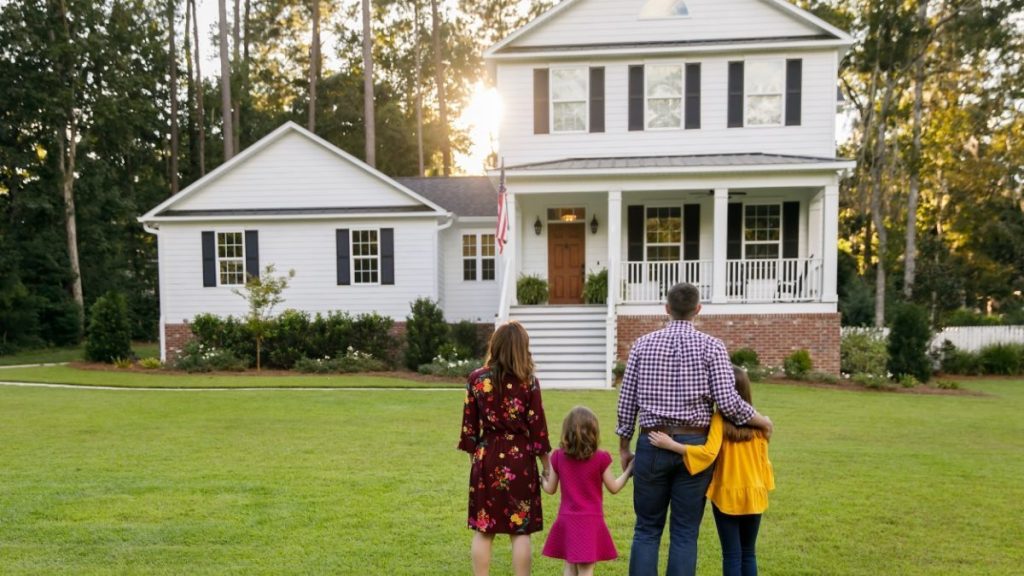Foreclosures cost a lot of money. A conservative estimate of the financial toll on the borrower, the creditor, the guarantor and the surrounding community shows a foreclosure can cost upwards of $65,000.
Letting borrowers skip monthly payments for a period, through a permanent forbearance option, could help avoid that financial loss. Researchers at the Urban Institute argue that forbearance should be the first step in the standard foreclosure-prevention toolkit.
The proposal, by Laurie Goodman, the founder of Urban’s housing finance policy center, Ted Tozer, former president of Ginnie Mae, and Alexei Alexandrov, former chief economist at the Federal Housing Finance Agency, would see measures implemented during the pandemic made permanent.
The researchers argue that some life shocks — job loss, a health crisis, death of a co-borrower, divorce — are strongly associated with foreclosure. During COVID-19, a collective shock, forbearance arguably prevented a massive foreclosure wave.
Although home price appreciation and stimulus checks also surely helped, delinquency rates are now at approximately 2019 levels, and foreclosure starts are at approximately half the 2019 level.
Borrowers who experience individual shocks — some of them, anyway, provided they’re documented — should trigger the same relief, the researchers argue.
How borrowers can stay afloat with home equity products during difficult economic times
Some homeowners are confronting a difficult choice: sell or face foreclosure. Learn what lenders can do to help borrowers facilitate a sale, protect the equity in their home, and potentially remain in their home following the sale by negotiating a leaseback option.
Presented by: Altisource
“Foreclosure is the most expensive thing that can occur during a mortgage,” said Alexandrov. “A lower probability of foreclosure is going to save money for everyone — for financial institutions and for borrowers.”
But while the borrower isn’t paying, who would? And what if the forbearance was not always successful at preventing foreclosure?
For the conventional mortgage market, the government-sponsored enterprises could bear the entire cost of the forbearance, the researchers argue. Servicers would front the payments, and the GSEs would reimburse servicers at the end of the four-month forbearance period.
That means servicers might face short-term liquidity issues — especially Ginnie Mae servicers, since they must advance up to six months of payments, and don’t get reimbursed until the loan reperforms, or a foreclosure.
But forbearance would, potentially, be a moneymaker. In scenarios the researchers presented, the risk holders would more than recoup losses.
The researchers offer this back-of-the-envelope calculation. If 75% of borrowers who get forbearance didn’t really need it in the first place, 20% go into foreclosure anyway, and the forbearance saves just 5% of borrowers from foreclosure, there would still be a $2,290 net benefit per forbearance, including a $6 benefit for the credit holder. But if the success rate were marginally higher, say 8.4%, the total benefit per forbearance would be more than $4,500, including $1,240 benefit to the credit holder.
Long-term, servicers would benefit from having fewer non-performing loans, which are the most expensive to service.
The GSEs could share the benefits of fewer foreclosures with their counterparties, the researchers write. While the GSEs don’t directly compensate mortgage insurers, once loans reperform, the depletion of the reserves mortgage insurers set aside for delinquencies would be reversed.
Eventually, if the policy is effective at preventing foreclosures, mortgage insurers might even lower their rates. Investors that take on GSE-backed mortgage risk might require smaller spreads, the researchers write.
The program could be implemented across the board for loans backed by the federal government. In addition to the GSEs, that would include the United States Department of Agriculture, the Federal Housing Administration and the Department of Veterans’ Affairs. But even if some and not all of those entities implemented the program, preventing some foreclosures would be a net financial positive.
“It would be very nice if everyone did it at the same time in a coordinated way. But it’s not necessary,” said Goodman.
There are some details yet to be worked out. It could be more complicated to implement forbearance for mortgages not backed by the federal government. There’s no regulator of servicers of private label mortgage-backed securities, beyond the Consumer Financial Protection Bureau.
Private label securities would not have a standardized government-sponsored enterprise reimbursement at the end of a forbearance. Establishing who finances payments for that sector is the “toughest barrier,” according to Tozer.
But Goodman said that the potential savings for private label investors is “so compelling,” and once investors are convinced of the financial benefit, forbearance could become standard.
Tozer is hoping the federal government does not forget the success of its COVID borrower relief programs.
“I want to make sure that forbearance becomes a standard part of the FHA, the VA, rural housing,” said Tozer. “People are going to get hung up on the cost, but I’d hate for them to forget about how powerful it was.”





